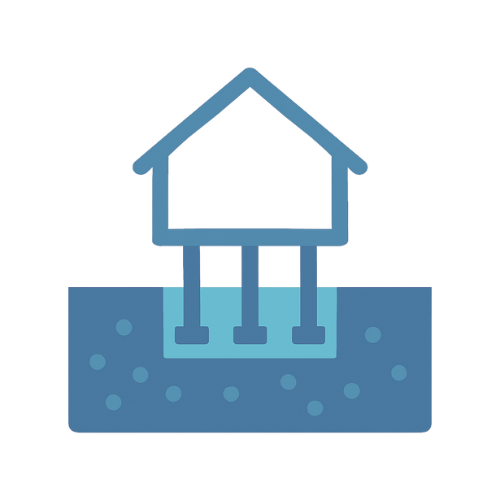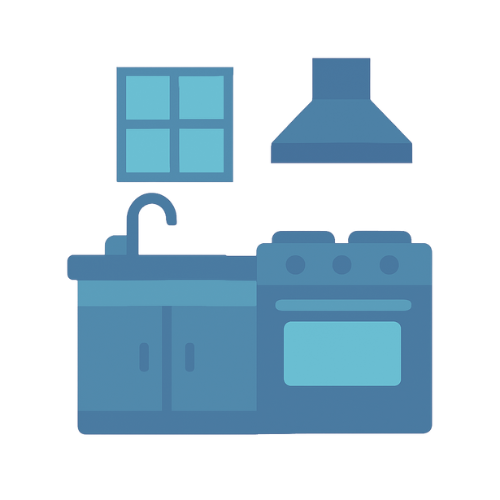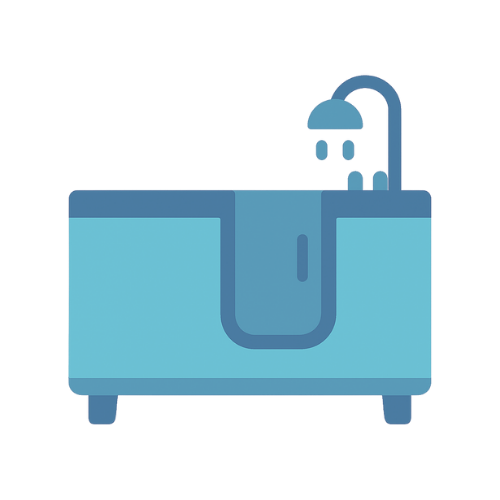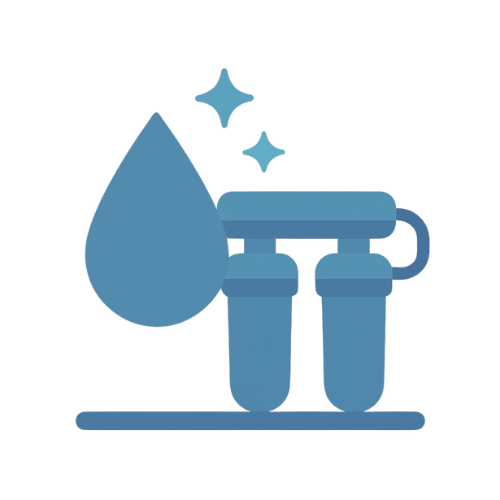Water Damage Repair
Water damage can strike unexpectedly, whether from a burst pipe, heavy rainfall, or appliance failure. Prompt and professional restoration is crucial to mitigate damage and restore your home to its original condition. Understanding the restoration process, associated costs, and when to seek professional help can empower you to act swiftly and effectively.

Frequently Asked Questions
How can I tell if water damage is hidden behind walls or under floors? +
Is it safe to enter my home after water damage? +
The Water Damage Restoration Process
Restoring a home after water damage involves several critical steps:
- Inspection and Assessment: Professionals evaluate the extent of water intrusion and develop a tailored restoration plan.
- Water Removal: Using specialized equipment like submersible pumps and wet/dry vacuums, standing water is extracted to prevent further damage.
- Drying and Dehumidification: High-speed air movers and dehumidifiers are employed to dry affected areas thoroughly, preventing mold growth and structural issues.
- Cleaning and Sanitizing: Surfaces and belongings are cleaned using antimicrobial treatments to eliminate contaminants and odors.
Restoration and Repairs: Damaged materials, such as drywall or flooring, are repaired or replaced to restore the home's integrity and appearance.
Water Damage Restoration Costs
The cost of water damage restoration varies based on several factors:
- Extent of Damage: Minor leaks may cost a few hundred dollars to fix, while extensive flooding can run into thousands.
- Affected Areas: Damage confined to a single room is less costly than damage spanning multiple rooms or levels.
- Type of Water: Clean water damage is less expensive to remediate than gray or black water, which requires additional safety measures.
- Timeframe: Delays in addressing water damage can lead to mold growth and structural issues, increasing restoration costs.
Note: These are general estimates; actual costs can differ based on location, service provider, and specific circumstances.

Frequently Asked Questions
Will my flooring need to be replaced after water damage? +
What should I do immediately after discovering water damage? +
Key Phases of the Water Damage Restoration Journey
Dealing with water damage follows a strategic sequence, starting with stopping the source of the water. If it’s a burst pipe, the water supply needs to be shut off at the main valve. In the case of external flooding, cleanup must wait until the water levels have naturally receded. Once the immediate danger has passed, it’s time to bring in the professionals. Here’s what to expect:
1. Initial Evaluation and Damage Assessment
When you first reach out to a restoration service, they’ll ask several questions to understand the situation. You’ll describe what happened, and they’ll schedule an on-site visit—typically as quickly as possible, since response time is critical.
Once on-site, the team will thoroughly inspect both the visible damage and any less obvious areas. Water often travels far from its original point of entry—under flooring, behind baseboards, or into adjacent rooms.
After the inspection, you’ll receive a detailed explanation of the findings, an estimated cost, and a breakdown of what needs to be done to restore your home.
2. Water Removal and Drying Process
The next step is to extract all excess water from the affected area. While you might have already cleaned up visible pooling, professionals use industrial-grade pumps, vacuums, and moisture extractors to remove water that’s seeped into carpets, subfloors, and wood.
Once the majority of the water is removed, high-powered air movers and drying equipment are deployed to reduce lingering moisture. This phase can take a few days, depending on the severity of the saturation.
3. Deep Cleaning and Disinfection
After drying, everything the water touched needs to be thoroughly cleaned and sanitized. The approach will vary depending on the source of the water:
- Clean water incidents (like a pipe burst) require standard cleaning.
- Contaminated water (gray or black water) may require specialized treatment or disposal of unsalvageable items.
Upholstery, electronics, clothing, and personal items are either restored or safely discarded, based on contamination levels. The team will also apply antimicrobial solutions to prevent mold and kill lingering bacteria, leaving the space safe and fresh.
4. Dehumidification and Ongoing Monitoring
Even after major drying efforts, trace moisture may remain hidden in walls, insulation, or flooring. Restoration experts use dehumidifiers, HEPA air scrubbers, and filtration systems to draw out this residual humidity.
These systems may need to run for several days or weeks. In some cases, the company may recommend installing moisture monitors or leak detection devices to help prevent future water damage.
5. Structural Repairs and Home Restoration
Once the property is clean and completely dry, any structural repairs can begin. Restoration professionals may remove ruined drywall, insulation, or flooring, but rebuilding the space usually requires a licensed contractor.
As the mitigation work is wrapping up, it’s a good time to collect bids from general contractors to handle reconstruction—whether that’s replacing flooring, repainting walls, or rebuilding entire sections of your home.

Frequently Asked Questions
How long does it take to fully restore a home after water damage? +
Does water damage always lead to mold growth? +
Steps to Take After Water Damage Restoration
Once your home has been professionally restored, it’s important to take a few preventive steps to safeguard your property from future issues and ensure the repairs are holding up.
- Double-Check the Restoration Work
Walk through the repaired areas carefully. Look for signs of hidden moisture, any lingering damage, or structural weaknesses that might still need attention. - Understand Warranties and Insurance Policies
Familiarize yourself with any guarantees or service warranties offered by the restoration team. Also, revisit your homeowner’s insurance to confirm what’s covered should another incident occur. - Keep Up with Maintenance
Regularly inspect high-risk areas like plumbing lines, roofing, and basement drainage systems. Early detection can help prevent another costly emergency. - Install Preventive Systems
Think about adding protective tools such as leak detectors, sump pumps, or upgraded drainage solutions to reduce your home's vulnerability to water intrusion. - Maintain Contact with Your Restoration Company
Keep their contact details handy. If any issues come up later or you need additional services, it’s helpful to reconnect with a team familiar with your home’s history.
How to Choose the Best Water Damage Restoration Company
Picking the right team to handle water damage is crucial for minimizing further harm and getting your home back to normal as quickly as possible. Here’s what to look for:
- Certified & Experienced Professionals
Go with a company that’s certified by respected industry organizations like the IICRC or RIA. These credentials mean they follow trusted standards. It also helps to choose a team with years of hands-on experience and proven results. - Emergency Services, Anytime
Water problems can’t wait. Look for a provider that offers 24/7 emergency response and can get to you fast. A quick start can make all the difference in avoiding mold and long-term damage. - All-in-One Solutions
A full-service restoration company can handle every step—water removal, drying, mold prevention, and even structural repair. This keeps the process simple and coordinated from start to finish. - Modern Tools & Technology
The right equipment matters. Choose a company that uses professional-grade dehumidifiers, moisture meters, and air filtration systems to completely dry out your home and prevent future problems. - Strong Reputation & Insurance Know-How
Read reviews, browse BBB ratings, and ask for references. A trustworthy company will have positive feedback and be willing to help you navigate the insurance process, taking extra stress off your plate.





























